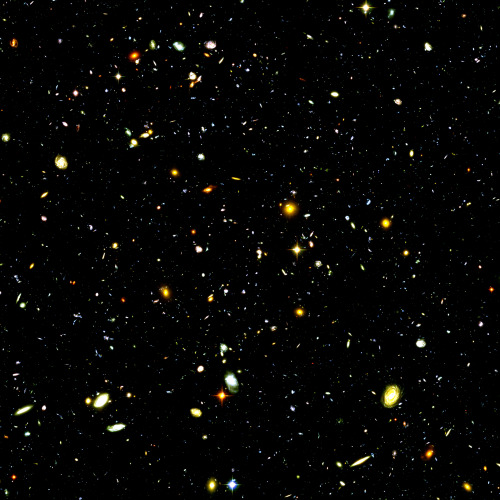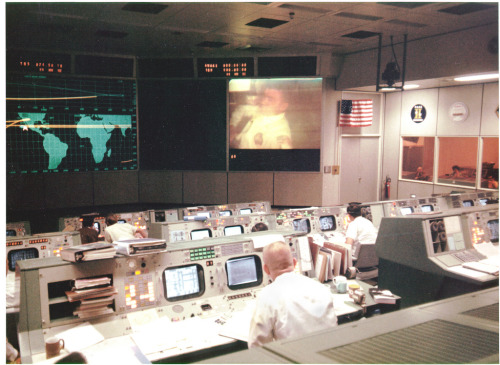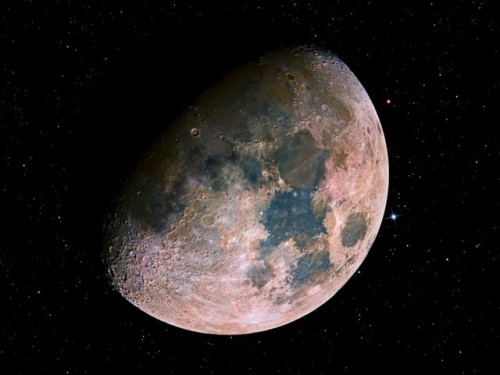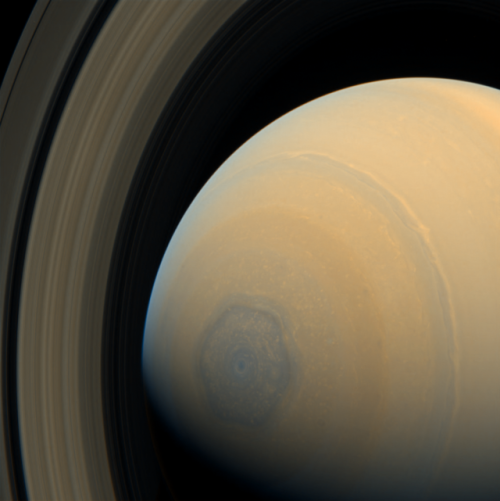Decimatethestars-blog - Cassini

More Posts from Decimatethestars-blog and Others
What's Up - December 2017
What’s Up For December? Geminid and Ursid meteor showers & winter constellations!

This month hosts the best meteor shower of the year and the brightest stars in familiar constellations.

The Geminds peak on the morning of the 14th, and are active from December 4th through the 17th. The peak lasts for a full 24 hours, meaning more worldwide meteor watchers will get to see this spectacle.

Expect to see up to 120 meteors per hour between midnight and 4 a.m. but only from a dark sky. You’ll see fewer after moonrise at 3:30 a.m. local time.

In the southern hemisphere, you won’t see as many, perhaps 10-20 per hour, because the radiant never rises above the horizon.

Take a moment to enjoy the circle of constellations and their brightest stars around Gemini this month.

Find yellow Capella in the constellation Auriga.

Next-going clockwise–at 1 o'clock find Taurus and bright reddish Aldebaran, plus the Pleiades.

At two, familiar Orion, with red Betelguese, blue-white Rigel, and the three famous belt stars in-between the two.

Next comes Leo, and its white lionhearted star, Regulus at 7 o'clock.

Another familiar constellation Ursa Major completes the view at 9 o'clock.

There’s a second meteor shower in December, the Ursids, radiating from Ursa Minor, the Little Dipper. If December 22nd and the morning of December 23rd are clear where you are, have a look at the Little Dipper’s bowl, and you might see about ten meteors per hour. Watch the full What’s Up for December Video:
There are so many sights to see in the sky. To stay informed, subscribe to our What’s Up video series on Facebook. Make sure to follow us on Tumblr for your regular dose of space: http://nasa.tumblr.com.

The Hubble Ultra-Deep Field is an image of a small region of space in the constellation Fornax, containing an estimated 10,000 galaxies.
Image credit: NASA/ESA/Hubble
Each year we hold a Day of Remembrance. Today, Jan. 25, we pay will tribute to the crews of Apollo 1 and space shuttles Challenger and Columbia, as well as other NASA colleagues who lost their lives while furthering the cause of exploration and discovery.
#NASARemembers
Learn more about the Day of Remembrance HERE.
Make sure to follow us on Tumblr for your regular dose of space: http://nasa.tumblr.com.

This illustration shows the cosmic epochs of our Universe from the Big Bang to the Present. The position of galaxy A1689-zD1 is shown as an example of a particularly early forming and distant galaxy.
Image credt: NASA, ESA, and A. Feild (STScI).










Dazzling Photos Let You Orbit the Earth with Astronaut Tim Peake
-
 wilbthertaforru liked this · 1 year ago
wilbthertaforru liked this · 1 year ago -
 chinxe liked this · 2 years ago
chinxe liked this · 2 years ago -
 dapperbunns liked this · 2 years ago
dapperbunns liked this · 2 years ago -
 my-t4t-romance liked this · 2 years ago
my-t4t-romance liked this · 2 years ago -
 little-gay-rainbow-nerd liked this · 3 years ago
little-gay-rainbow-nerd liked this · 3 years ago -
 kittiescatscats liked this · 3 years ago
kittiescatscats liked this · 3 years ago -
 fatmaothman liked this · 3 years ago
fatmaothman liked this · 3 years ago -
 happy-little-nerd liked this · 4 years ago
happy-little-nerd liked this · 4 years ago -
 seriouslyconcerning liked this · 4 years ago
seriouslyconcerning liked this · 4 years ago -
 tequilavato liked this · 4 years ago
tequilavato liked this · 4 years ago -
 iamimaginingtheoceanstill liked this · 4 years ago
iamimaginingtheoceanstill liked this · 4 years ago -
 swimming-in-stardust liked this · 4 years ago
swimming-in-stardust liked this · 4 years ago -
 stormmorales liked this · 4 years ago
stormmorales liked this · 4 years ago -
 dreamers-wonderland reblogged this · 4 years ago
dreamers-wonderland reblogged this · 4 years ago -
 sopiko-legashvili liked this · 4 years ago
sopiko-legashvili liked this · 4 years ago -
 xaivao liked this · 4 years ago
xaivao liked this · 4 years ago -
 j2nksishake liked this · 4 years ago
j2nksishake liked this · 4 years ago -
 dyskomike liked this · 4 years ago
dyskomike liked this · 4 years ago -
 metalmouthsoloraver liked this · 4 years ago
metalmouthsoloraver liked this · 4 years ago -
 orpheusmontgomery reblogged this · 4 years ago
orpheusmontgomery reblogged this · 4 years ago -
 ffwrite4life liked this · 4 years ago
ffwrite4life liked this · 4 years ago -
 im-such-a-disaster liked this · 4 years ago
im-such-a-disaster liked this · 4 years ago -
 eliekang1 liked this · 4 years ago
eliekang1 liked this · 4 years ago -
 jessaminwinter liked this · 4 years ago
jessaminwinter liked this · 4 years ago -
 an-abyss-called-life liked this · 5 years ago
an-abyss-called-life liked this · 5 years ago -
 5am-restless liked this · 5 years ago
5am-restless liked this · 5 years ago
eleon / 18 / they. aspiring astronaut. lover of biology and space.
25 posts













